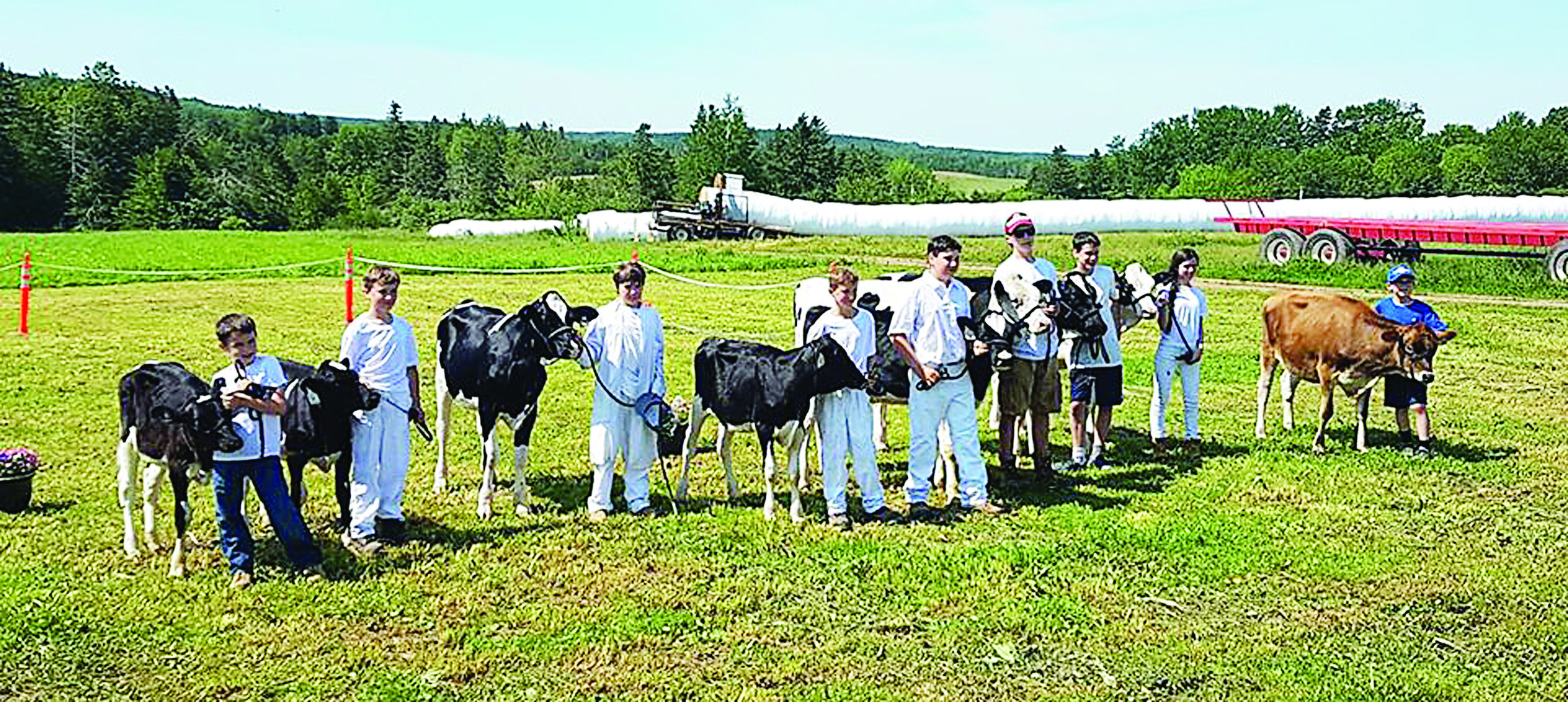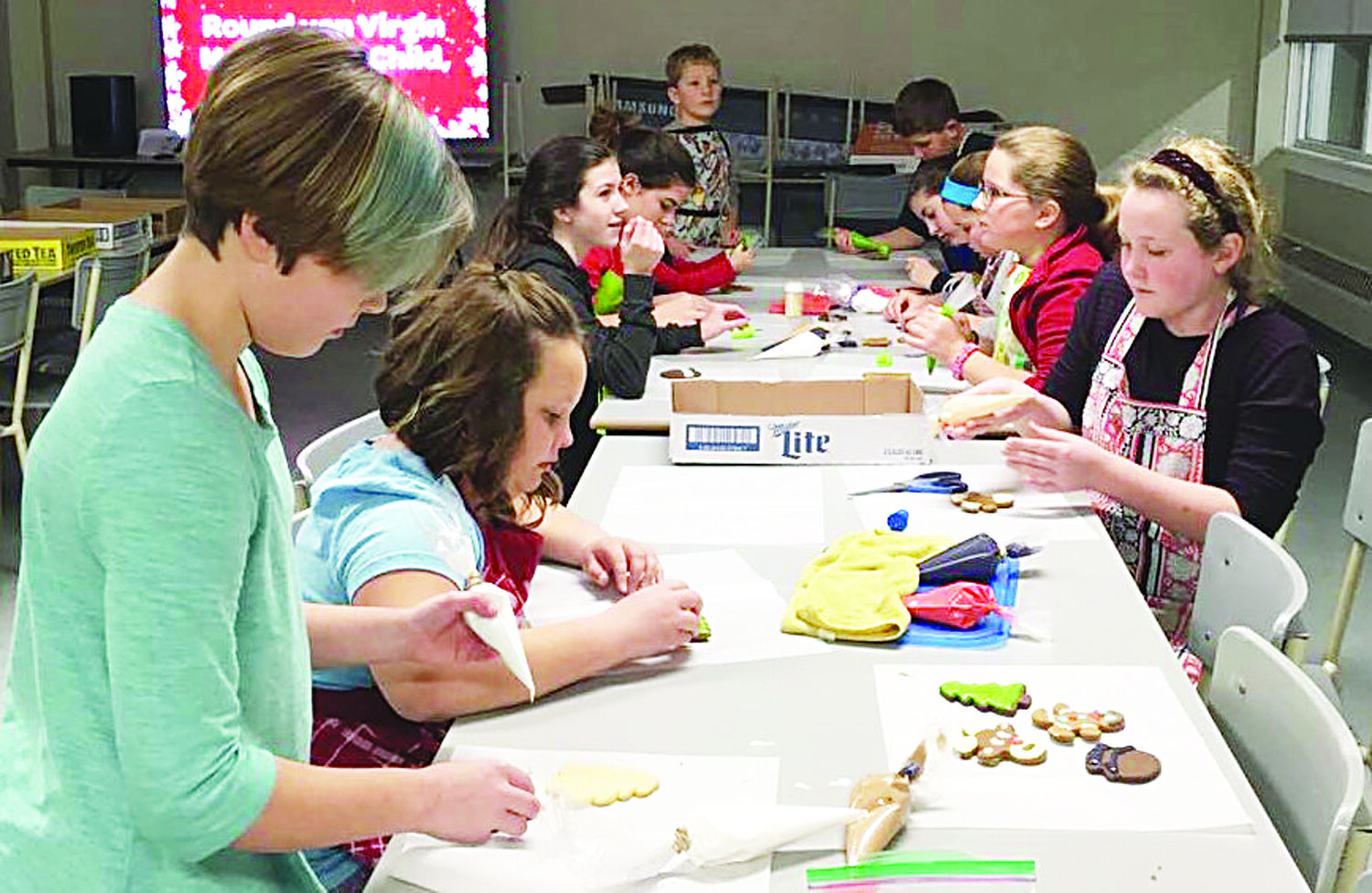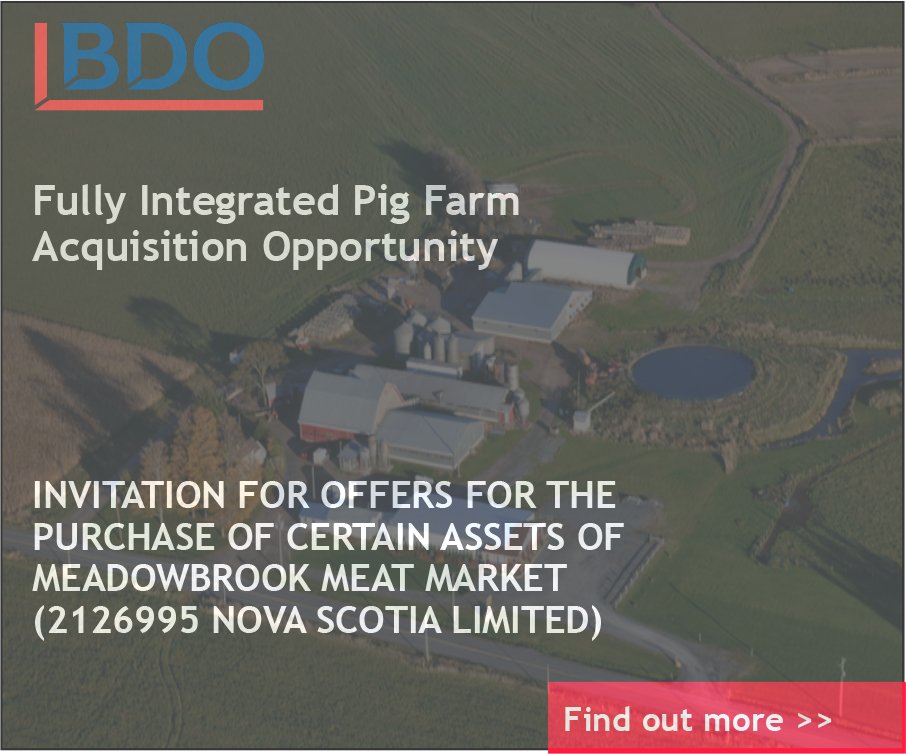Potato harvest deemed fair compared to last fall’s washout
/by Joan LeBlanc After the disastrous fall weather in 2018 that left millions of pounds of potatoes in the fields, Maritime potato producers had their fingers crossed for better harvesting conditions this year. For the most part, they weren’t disappointed. “The harvest is completed and overall it’s at least an average crop in terms of yield and … better than last year, but not all areas experienced the same type of conditions,” said Greg Donald, general manager of the P.E.I. Potato Board, recently. Island producers plant some 85,500 acres of potatoes each year, the yields finding their way into fresh markets across North America. “Here on P.E.I., the early varieties were below average because of the hot, dry summer, and they didn’t get the benefit of the moisture late in the season,” said Donald. “But on the western end of the Island, particularly in West Prince (County) where we did get some rain in July and August, theirs was a better than average crop and everywhere else (on P.E.I.) were in-between – some average, some better, some worse.” He added that in Prince County, on the western side of the Island, producers did have to leave some crop in the fields due to excessively wet conditions. He noted that the rain that fell during hurricane Dorian and later in September helped boost the late varieties in the previously dry areas, but certainly made it more challenging in western P.E.I. Donald said that the actual count of unharvested crop had yet to be tallied. “But it’s nothing like last year when 6,800 acres were left in the field due to extreme wet conditions,” he said. “Every year, producers do the best they can, but in the end it’s up to the mercy of the weather.” CLIMATE CHANGE CHALLENGES Alvin Keenan Jr., who, with his brother Ray, operates the longtime family owned potato business Rollo Bay Holdings in Kings County, P.E.I., said recently that although they did manage to harvest their entire crop, the potato size was affected. He added that the change in weather patterns and conditions during the past few years have added new challenges to potato production. “As our climate is changing, we’re having more of these challenging effects to deal with,” he said. “It’s a huge issue for agriculture. We’ve always had to make adjustments as things change from year to year. Here on the Island, we’re working on ways to eliminate soil erosion from wind and water, and to build organic matter. There are about 100 things that go into growing crops but there are only three that humans have control over – nitrogen, phosphorus, and potash – the soil balance of nutrition.” Keenan added that transportation is always a big challenge. “There is more product moving today and the cost of short-haul trucking is expensive,” he said. “There is a big shortage of truck drivers and that’s a problem that affects the movement of goods in a big way. Efficiency is very important in business.” Keenan added that his family business is always looking for new varieties of potatoes that will be more resistant to climate change effects. NO POTATOES LEFT BEHIND Just across the Confederation Bridge in Malden, N.B., Strang’s Produce Inc. managed to get all of its potato crop out of the fields despite the challenges of a dry summer followed by heavy rains in September and October. “We got 400 millimetres of water here (during a five-week period in September and October), which is a year’s worth of precipitation,” said owner Richard Strang. “But we also got more sunshine and wind than we did last year so we got the harvest done where last year we left a million pounds in the fields.” Although yields are good, crop size isn’t as it should be this year, Strang noted. “The big potatoes that restaurants like just aren’t there this year, and that goes the same across North America,” he said. “There’s a shortage of potatoes this year and that means they’re going to be more expensive. All vegetables are going to go up in price over the next few months.” Strang too is continually trying new approaches to potato production, including more crop rotation, better ditching to improve soil drainage, and purchasing new technology equipment. Strang’s business does its own local and regional deliveries, but the transportation of his produce to markets farther afield is a big challenge. “We have to outsource as well,” he said. “Last year, we got some orders to go to the U.S., but we had to turn it down because we couldn’t find a truck to take it. There’s a lot of that happening now. Trucking is a big issue for a lot of businesses.” NORTHERN N.B. CROP VARIABLE In northern New Brunswick, the potato crop was variable depending on the location and general lay of the land. Potatoes NB chair Shawn Paget and his family grow rotation crops such as corn, beans, and grain in Simonds, N.B., near Hartland. They also grow about 800 acres of potatoes. “Our crop was up and down,” said Paget. “Some fields were above average, some were below, depending on where the rain hit. Compared to last year’s yield, I’m down this year. Just a few kilometres south or west of me, those guys had bigger yields. It depends on how the rain showers pass us in August. There’s a lot of rolling ground here. We plant crops around solid bedrock in places. We’re in a drier area here, but when all was said and done, I had an average crop.” Most all northern New Brunswick potato growers are under contract, with their crops going to local manufacturing plants for the production of French fries and potato chips. Potato growers in Nova Scotia experienced similar challenges this year with dry summer conditions requiring the use of irrigation whenever possible, followed by wet weather in the fall. Despite the challenges, most were able to harvest their entire potato crop. SUMMER IRRIGATION IN N.S. Brian Morse is an independent Nova Scotia grower and is also potato manager at Dykeview Farms, part of Nova Agri Inc. in Centreville, Kings County, in the Annapolis Valley. Morse said recently that despite the challenges of planting during a wet spring this year, the growing season shaped up alright. “Where we’re located, we always have a dry summer and we use irrigation to keep things moistened up,” he said. “It wasn’t a bumper crop at Dykeview Farms, but it wasn’t weak by any means either. I’d say it was a normal harvest.” Morse noted that despite rainy weather, workers were able to get the entire crop out of fields in a timely manner, which wasn’t the case during the fall of 2018 due to excessive wet and cold weather conditions. Dykeview Farms sells its potatoes for the fresh market and for processing.

















